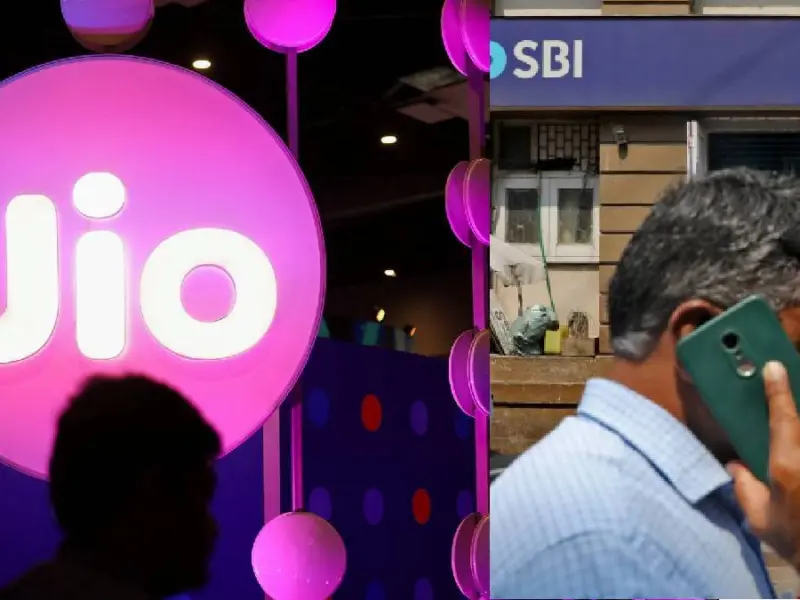Railway passengers and parcel senders at Old Delhi and New Delhi railway stations are experiencing a significant shift in the payment system for parcel services. The move towards embracing digital payments marks a notable change in the railway’s operational approach, aiming to enhance efficiency and transparency. Let’s delve into the details of this transition and its implications for the public.
Digital Payments: The New Norm
The railway authorities have started a new practice where cash transactions for certain parcel services are no longer accepted. This initiative primarily targets those sending large parcels, who are now required to make payments using cards. This shift is aimed at streamlining the process and promoting a cashless economy, aligning with the broader digitalization efforts in the country.
Impact on Parcel Senders
For many, this change has been sudden, causing a bit of confusion and adjustment issues. While the staff at these railway stations are directing people to use card payments, there is a provision for small parcel senders to continue with cash transactions. However, the emphasis is clearly on encouraging digital payments to ensure a more transparent and recorded transaction system.
Official Insights
According to DRM Media Advisor Prem Shankar Jha, the directive to accept only online payments has been issued specifically for major parcel senders. The move is part of a broader strategy to encourage digital transactions, reducing the reliance on cash and enhancing the efficiency of the railway’s parcel service. Small parcels can still be paid for in cash, but the push towards digitalization is evident.
The Benefits of Going Digital
The shift to digital payments is expected to bring several benefits:
- Enhanced Transparency: Digital transactions ensure that every payment is recorded, reducing the chances of discrepancies and enhancing accountability.
- Improved Efficiency: It speeds up the transaction process, making it more convenient for both the railway staff and the customers.
- Support for Digital India: This move aligns with the government’s vision of promoting digital transactions across all services, contributing to the creation of a digitally empowered society.





